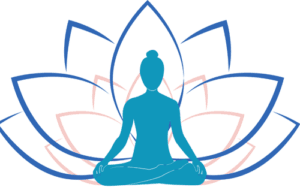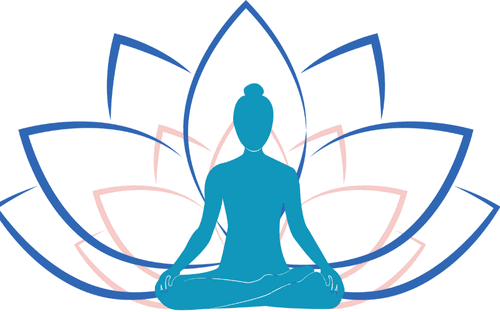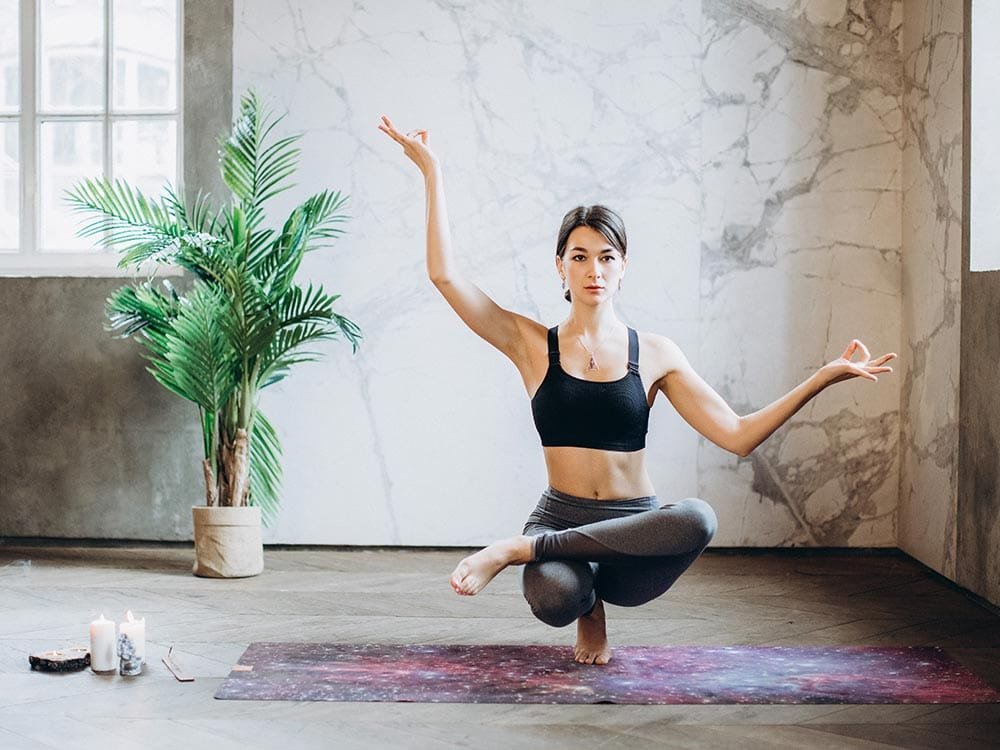Understanding the Connection Between Yoga and Mindfulness
The relationship between yoga and mindfulness is a significant aspect of understanding a holistic approach to well-being. At its core, yoga is both a physical and spiritual practice that originated in ancient India, aiming to unite the mind, body, and spirit. It encompasses a variety of postures, known as asanas, along with breath control (pranayama) and meditation techniques. This multifaceted practice fosters physical strength, flexibility, and overall health while simultaneously promoting mental clarity and emotional stability.
Mindfulness, on the other hand, is the practice of maintaining a moment-by-moment awareness of our thoughts, feelings, bodily sensations, and the surrounding environment. It encourages individuals to observe their experiences without judgment, allowing for a deeper understanding of oneself and one’s reactions to stress and anxiety. This present-moment awareness is crucial in cultivating emotional resilience and enhancing overall mental health.
The integration of yoga and mindfulness creates a synergistic effect that enhances both mental and physical health. During yoga practice, asanas not only engage the body in movement but also serve as a meditative practice that encourages practitioners to focus on their breath and bodily sensations. This enhanced awareness turns the practice into a form of moving meditation, helping individuals center themselves and connect with their inner experiences. In this way, the principles of mindfulness are seamlessly woven into the fabric of yoga, allowing practitioners to develop a deeper understanding of themselves and their emotional landscapes.
As we explore the benefits of integrating yoga and mindfulness, it becomes evident that both practices address holistic well-being. Together, they offer a comprehensive framework for improving one’s quality of life through enhanced physical flexibility, emotional resilience, and mental clarity. This connection sets the foundation for deepening one’s practice and fostering a balanced approach to overall health.
The Benefits of Combining Movement and Meditation
The integration of yoga and mindfulness practices has been shown to yield a multitude of benefits for individuals seeking holistic well-being. When these two modalities are combined, participants often report significant improvements in emotional regulation, which is critical for maintaining mental health. Research indicates that the combination of mindful movement and meditation can facilitate emotional resilience by allowing practitioners to observe their thoughts and feelings without judgment, thereby fostering a balanced emotional state.
Moreover, engaging in yoga while practicing mindfulness leads to a notable reduction in stress and anxiety levels. The physical movements in yoga promote relaxation and can diminish the production of stress hormones in the body. Concurrently, mindfulness exercises such as breath awareness can further enhance feelings of calm and safety, creating a synergistic effect that combats the pervasive nature of modern-day anxiety. Everyday practitioners have described how incorporating these methods into their routines has transformed their ability to manage stress effectively.
Enhanced focus and clarity are additional benefits derived from the interplay between movement and meditation. The deliberate nature of yoga poses encourages participants to concentrate on their breath and body, which can translate into improved attention spans and cognitive clarity in daily life. Individuals often report experiencing increased productivity and creativity as a direct result of this enhanced focus. Experts in the field highlight that these practices can serve as powerful tools for cultivating mindfulness, leading to greater awareness both on and off the mat.
Furthermore, physical flexibility is another hallmark of combining yoga with mindfulness practices. As individuals move through various poses, they not only enhance their physical range of motion but also cultivate an awareness of their bodies’ capabilities and limitations. This mindful practice can encourage greater self-acceptance and a deeper connection to one’s physical self. Overall, the merger of movement with mindful awareness provides a robust framework for fostering a balanced mind-body connection, essential for achieving holistic well-being.
Guided Practice: Yoga Asanas with Mindful Awareness
Incorporating mindfulness into your yoga practice can significantly enhance your overall experience, providing a deeper connection between mind and body. To begin, find a quiet space where you can practice without distractions. Start by grounding yourself in a comfortable seated position. Close your eyes and take several deep breaths, allowing your body to relax and your mind to settle.
As you transition into your first asana, let’s begin with Mountain Pose (Tadasana). Stand with your feet hip-width apart, grounding your feet into the mat. With your arms at your sides, take a deep inhalation, and as you exhale, feel the alignment of your body from the crown of your head to your heels. Focus your attention on the sensation of your feet connecting with the ground. Hold this pose for five breaths, ensuring that each breath embodies mindfulness, filling your lungs completely while releasing any tension with each exhale.
Next, move into Forward Fold (Uttanasana). Inhale deeply, and as you exhale, hinge at your hips and fold forward, allowing your torso to hang heavy. As you enter this pose, maintain mindful awareness by observing the sensations in your hamstrings and lower back. Listen to your body and adjust your posture if necessary. Hold for five breaths, appreciating the stretch and the stillness of the moment.
Follow this with Downward Facing Dog (Adho Mukha Svanasana). Spread your fingers wide, tuck your toes, and lift your hips towards the sky. While in this position, focus on the flow of your breath, allowing each inhalation to expand your chest and each exhalation to deepen your stretch. Remember, mindfulness is about being present; if your mind wanders, gently bring your focus back to the rhythm of your breath.
Finally, conclude your practice with Child’s Pose (Balasana). Kneel on the floor, sit back on your heels, and stretch your arms forward on the mat. With every exhale, sink deeper into the pose, embracing the feeling of relaxation. Allow this moment of tranquility to integrate the movements and mindfulness cultivated throughout your asana practice, fostering a profound connection to both your body and mind.
Expert Insights on Cultivating Mind-Body Balance
To maintain a balanced mind-body connection, it is essential to integrate insights from seasoned practitioners in the fields of yoga and mindfulness. Experts emphasize the importance of establishing a daily practice that nurtures both physical and mental health. Renowned yoga instructors often suggest beginning with short, focused sessions that emphasize breathing techniques, as breathwork is crucial in enhancing awareness and grounding oneself in the present moment. For instance, many recommend starting each day with a few minutes of controlled breathing, also known as pranayama, to center your thoughts and set a positive intention for the day ahead.
Moreover, mindfulness meditation has gained popularity among mental health professionals for its numerous benefits. Dr. Rachael O’Brien, a psychologist specializing in integrative wellness, advises her clients to find excess silence for mindfulness practice. She suggests the implementation of a “mindfulness minute” during daily activities, such as waiting in line or commuting. This practice involves redirecting attention to one’s breath and surroundings, fostering an awareness that extends beyond the confines of a meditation cushion.
Another valuable recommendation comes from long-time yoga practitioner and wellness coach, Mark Thompson. He stresses the significance of self-compassion within one’s practice. Rather than aiming for perfection in poses or meditative states, he encourages individuals to embrace imperfections and listen to their bodies’ needs. This internal dialogue fosters a deeper mind-body connection and promotes emotional resilience, as one learns to honor their limitations rather than fight against them.
Incorporating these expert insights into daily routines can enhance overall well-being. By reflecting on your experiences with yoga and mindfulness and experimenting with suggested practices, you can cultivate a profound sense of balance. The journey towards mind-body harmony is individualistic, and adjusting your approach according to personal insights will yield the most significant results. Embracing these practices regularly paves the way for sustainable well-being and continued growth.



